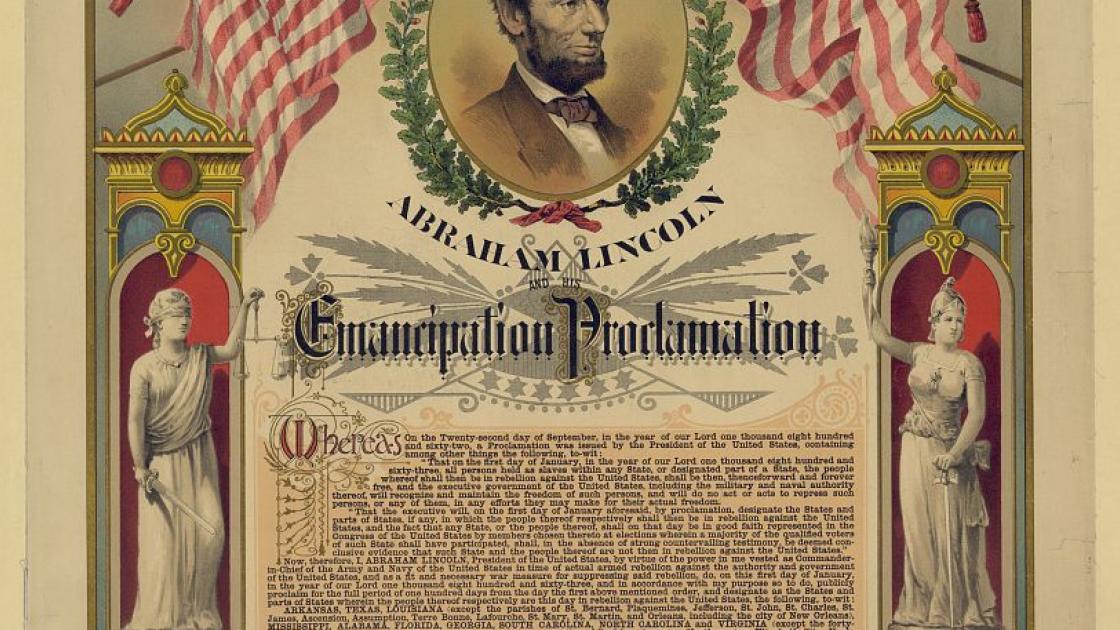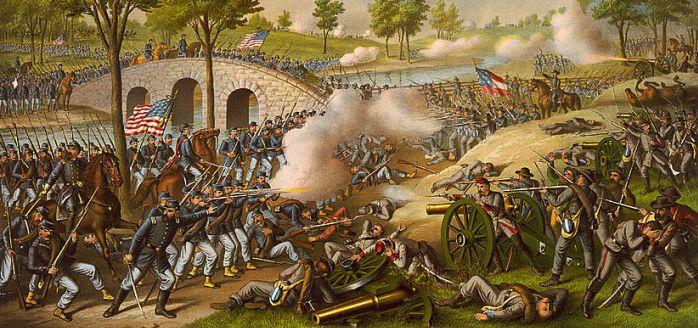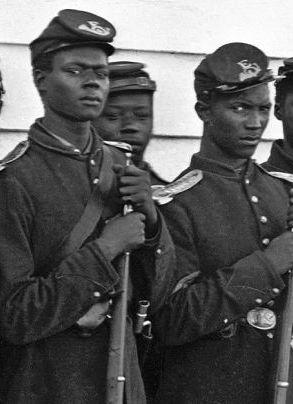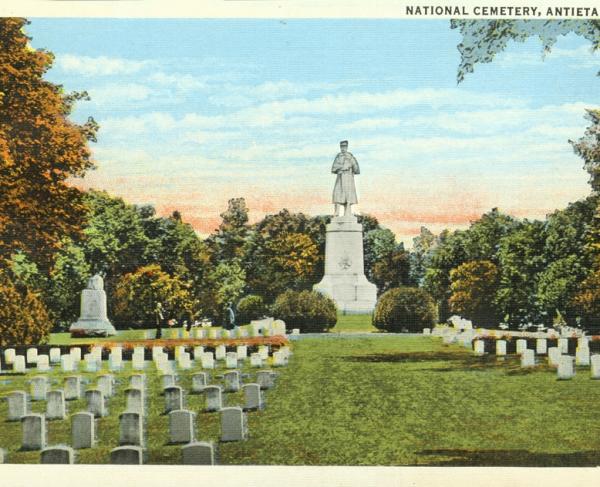10 Facts: The Emancipation Proclamation

The Emancipation Proclamation is arguably one of the top ten most important documents in the history of the United States; however, it is also one of the most misunderstood. Here are ten facts providing the basics on the proclamation and the history surrounding it.
Fact #1: Lincoln actually issued the Emancipation Proclamation twice.
Abraham Lincoln issued the preliminary Emancipation Proclamation on September 22nd, 1862. It stipulated that if the Southern states did not cease their rebellion by January 1st, 1863, then Proclamation would go into effect. When the Confederacy did not yield, Lincoln issued the final Emancipation Proclamation on January 1st, 1863.

Fact #2: The Emancipation Proclamation only applied to the states in rebellion.
President Lincoln justified the Emancipation Proclamation as a war measure intended to cripple the Confederacy. Being careful to respect the limits of his authority, Lincoln applied the Emancipation Proclamation only to the Southern states in rebellion.
Fact #3: Lincoln’s advisors did not initially support the Emancipation Proclamation.
When President Lincoln first proposed the Emancipation Proclamation to his cabinet in the summer of 1862, many of the cabinet secretaries were apathetic, or worse, worried that the Proclamation was too radical. It was only Lincoln’s firm commitment to the necessity and justice of the Proclamation, along with the victory at Antietam, which finally persuaded his cabinet members to support him.
Fact #4: The Battle of Antietam (also known as Sharpsburg) provided the necessary Union victory to issue the Emancipation Proclamation.
President Lincoln had first proposed the Emancipation Proclamation to his Cabinet in July 1862, but Secretary of State William Seward suggested waiting for a Union victory so that the government could prove that it could enforce the Proclamation. Although the Battle of Antietam resulted in a draw, the Union army was able to drive the Confederates out of Maryland – enough of a “victory,” that Lincoln felt comfortable issuing the Emancipation just five days later.

Fact #5: The Emancipation Proclamation was a firm demonstration of the President’s executive war powers.
The Southern states used slaves to support their armies on the field and to manage the home front so more men could go off to fight. In a display of his political genius, President Lincoln shrewdly justified the Emancipation Proclamation as a “fit and necessary war measure” in order to cripple the Confederacy’s use of slaves in the war effort. Lincoln also declared that the Proclamation would be enforced under his power as Commander-in-Chief, and that the freedom of the slaves would be maintained by the “Executive government of the United States.”
Fact #6: The Emancipation Proclamation changed the focus of the war.
Up until September 1862, the main focus of the war had been to preserve the Union. With the issuance of the Emancipation Proclamation freedom for slaves now became a legitimate war aim.
Fact #7: The Emancipation Proclamation helped prevent the involvement of foreign nations in the Civil War.
Britain and France had considered supporting the Confederacy in order to expand their influence in the Western Hemisphere. However, many Europeans were against slavery. Although some in the United Kingdom saw the Emancipation Proclamation as overly limited and reckless, Lincoln's directive reinforced the shift of the international political mood against intervention while the Union victory at Antietam further disturbed those who didn't want to intervene on the side of a lost cause.

Fact #8: The Emancipation Proclamation paved the way for African-Americans to fight for their freedom.
Lincoln declared in the Proclamation that African-Americans of “suitable condition, would be received into the armed service of the United States.” Five months after the Proclamation took effect; the War Department of the United States issued General Orders No. 143, establishing the United States Colored Troops (USCT). By the end of the war, over 200,000 African-Americans would serve in the Union army and navy.
Fact #9: The Emancipation Proclamation led the way to total abolition of slavery in the United States.
With the Emancipation Proclamation, the aim of the war changed to include the freeing of slaves in addition to preserving the Union. Although the Proclamation initially freed only the slaves in the rebellious states, by the end of the war the Proclamation had influenced and prepared citizens to advocate and accept abolition for all slaves in both the North and South. The 13th Amendment, which abolished slavery in the United States, was ratified by December 6th, 1865.
Fact #10: Lincoln considered the Emancipation Proclamation the crowning achievement of his presidency.
Heralded as the savior of the Union, President Lincoln actually considered the Emancipation Proclamation to be the most important aspect of his legacy. “I never, in my life, felt more certain that I was doing right, than I do in signing this paper,” he declared. “If my name ever goes into history it will be for this act, and my whole soul is in it."
Related Battles
12,401
10,316


